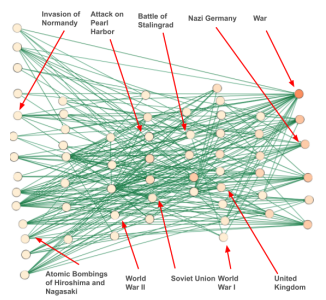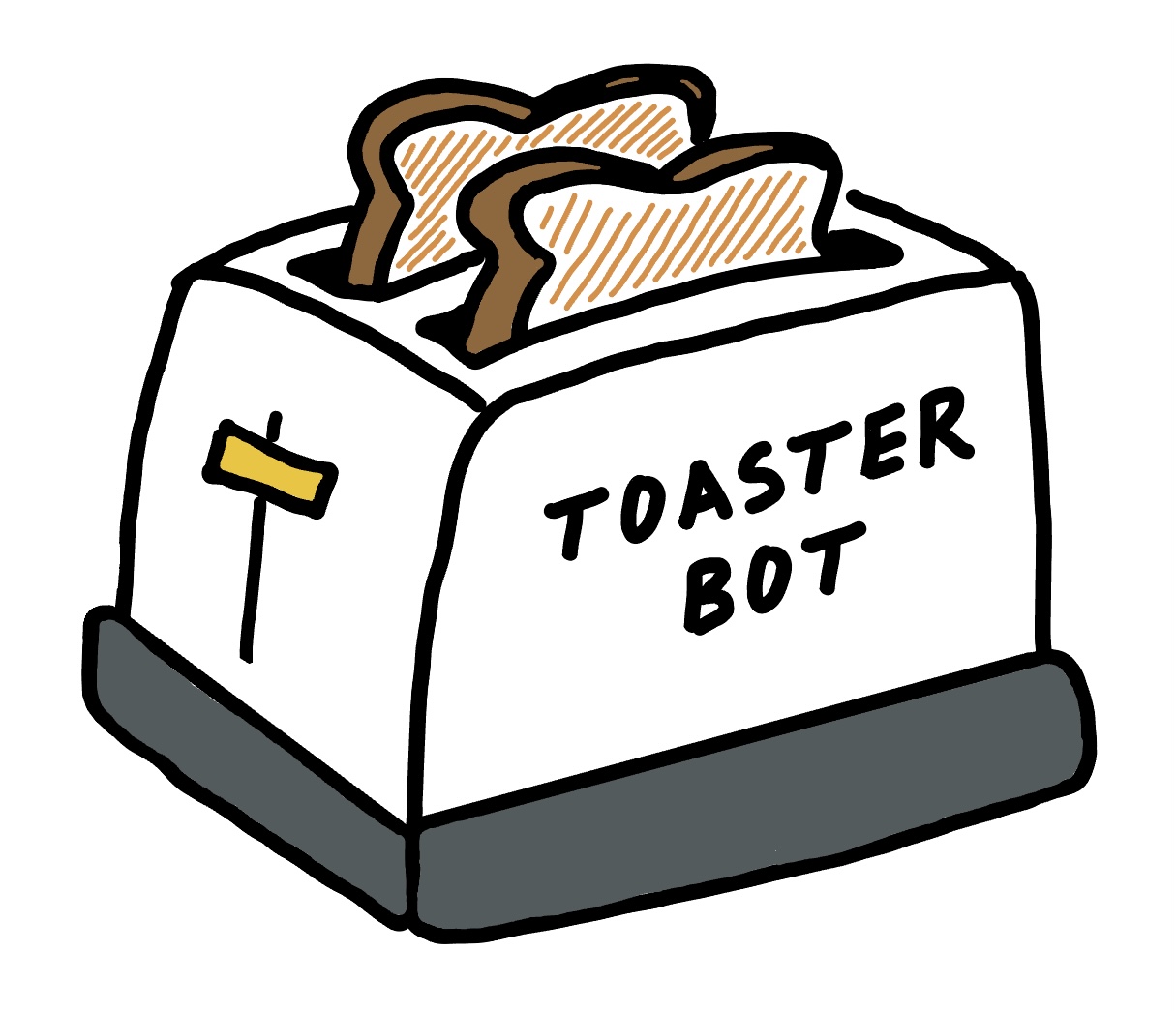research
2025
- Navigating Context Collapse: How Network Structure and Message Directedness Shape Online ExpressionMeryl Ye2025Poster to be presented at CSCW ’25, Bergen, Norway.
Social media platforms present users with persistent, publicly visible audiences composed of multiple social groups. This convergence of social contexts—referred to as context collapse—limits users’ ability to tailor communication to specific audiences. While prior research has emphasized users’ perceptions and strategies, there is limited behavioral evidence linking audience structure to observable expression patterns. Using a panel dataset of 1,827 U.S.-based Twitter users, we investigate how network structure and message directedness relate to variation in tweet content over time. Our findings reveal that directed tweets consistently contain less offensive and sensitive content, more positive sentiment, and less negative sentiment than undirected tweets. Network size shows suppression effects within users: as individuals’ networks grow, they post less offensive, sensitive, and negative content while increasing positive expression. Meanwhile, dense networks are associated with more offensive content and negative sentiment. Longitudinal analysis demonstrates systematic behavioral adaptation, with users exhibiting declining offensive, sensitive, and negative content over time. Our results offer implications for platform design, highlighting how structural and interactional cues could help users navigate audience complexity.
- Tied to Place: Geographic Origins of Tie SurvivalChangyang Wu , Meryl Ye , and Patrick ParkIn International Conference on Social Computing, Behavioral-Cultural Modeling and Prediction and Behavior Representation in Modeling and Simulation , 2025
This study examines the persistence likelihood of 4,946,718 Twitter mention ties between U.S. Twitter users by linking a pre-2015 corpus with a COVID-era corpus (March 2020–June 2022). Our analysis reveals how geographic distance, pre-existing tie strength, and local network structure jointly shape long-term tie survival. Key findings include: (1) systematic decay in survival rates with respect to geographic distance, from 16.4% at 0–5 miles to 9.9% beyond 2000 miles; (2) powerful protective effects of tie strength, with survival rising from under 1% in the weakest to 17% in the strongest quantile; (3) a null effect of reciprocity, measured by balance in mention frequency; and (4) substantial state-level heterogeneity unexplained by geography or demographics. Urban environments amplify the protective effect of tie strength, while the lack of an independent imbalance effect challenges conventional reciprocity-based models of tie persistence. These results demonstrate how strong pre-existing bonds create resilient connections that can bridge geographic and temporal gaps, suggesting that long-surviving ties may function as bridges connecting increasingly divergent social worlds.
- Sycophantic AI increases attitude extremity and overconfidenceSteve Rathje , Meryl Ye , Laura K. Globig , and 3 more authors2025Preprint
There has been growing concern about AI “sycophancy,” or the tendency for AI to be excessively agreeable and validating. Yet, little is known about the psychological consequences of AI sycophancy. We investigated whether sycophantic chatbots increase attitude extremity and overconfidence by constantly validating users’ and presenting one-sided information. Across three experiments (n = 3,285), brief conversations with a sycophantic chatbot about political topics increased attitude extremity and made people more certain about their initial beliefs. By contrast, disagreeable chatbots that challenged beliefs reduced extremity and certainty. Yet, people consistently preferred sycophantic chatbots over disagreeable ones. Sycophantic chatbots also inflated people’s perception that they are “better than average” on a number of desirable traits (e.g., intelligence, empathy). Furthermore, people viewed sycophantic chatbots as unbiased, but viewed disagreeable chatbots as highly biased. Sycophantic chatbots’ impact on attitude extremity and certainty was driven by a one-sided presentation of facts, whereas their impact on enjoyment was driven by validation. Altogether, these results suggest that people’s preference for and blindness to sycophantic AI may risk creating AI “echo chambers” that increase attitude polarization and overconfidence.
- Freezing and Thawing of Linguistic BinomialsKatherine Van Koevering , Ashley Young , Meryl Ye , and 1 more author2025Poster presented at IC2S2 ’25, Norrköping, Sweden.
A binomial is any phrase consisting of two words separated by ‘and’; it has the interesting property that the order of the words must be determined solely by the speaker, not grammar. For instance, while mostly everyone says bread and butter instead of butter and bread, the binomial Rachel and Tim might have less agreement in the ‘natural’ ordering. Thus the orderings of binomials can reveal hidden information about the speaker, the language, and the subjects involved. Binomials have been studied for more than a century by linguists mostly in the form of snapshots or case studies, but the dynamism of binomials has received very little investigation. Here we compile the largest set of binomials studied to date, spanning over 200 years of English text, and use this data to answer questions about how the orderings of binomials have changed over time, and what these changes can tell us about ourselves and our language.
2024
-
 What’s in a Niche? Migration Patterns in Online CommunitiesKatherine Van Koevering , Meryl Ye , and Jon Kleinberg2024
What’s in a Niche? Migration Patterns in Online CommunitiesKatherine Van Koevering , Meryl Ye , and Jon Kleinberg2024Broad topics in online platforms represent a type of meso-scale between individual user-defined communities and the whole platform; they typically consist of related communities that address different facets of a shared topic. Users often engage with the topic by moving among the communities within a single category. We find that there are strong regularities in the aggregate pattern of user migration, in that the communities comprising a topic can be ordered in a partial order such that there is more migration in the direction defined by the partial order than against it. Ordered along this overall direction, we find that communities in aggregate become smaller, less toxic, and more linguistically distinctive, suggesting a picture consistent with specialization. We study directions defined not just in the movement of users but also by the movement of URLs and by the direction of mentions from one community to another; each of these produces a consistent direction, but the directions all differ from each other. We show how, collectively, these distinct trends help organize the structure of large online topics and compare our findings across both Reddit and Wikipedia and in simulations.
2023
-
 The Future of Home Appliances: A Study on the Robotic Toaster as a Domestic Social RobotMeryl Ye , Eike Schneiders , Wen-Ying Lee , and 1 more authorIn 2023 32nd IEEE International Conference on Robot and Human Interactive Communication (RO-MAN) , 2023
The Future of Home Appliances: A Study on the Robotic Toaster as a Domestic Social RobotMeryl Ye , Eike Schneiders , Wen-Ying Lee , and 1 more authorIn 2023 32nd IEEE International Conference on Robot and Human Interactive Communication (RO-MAN) , 2023Robotic appliances are continually being adopted into private homes. However, users have yet to exhibit the same acceptance towards domestic social robots. In this paper, we seek to bridge this issue by augmenting already-existing home appliances with capabilities mimicking social robots. We present a robotic toaster designed with animated movements to enhance and personalize the toast-making experience. Not only does the robotic toaster assist in completing the task itself, it also acts as a conscious agent with whom users may interact in a social and playful manner. Using a series of video vignettes, we identify three key themes of the robotic toaster that influence its relationship with users: these are related to (1) context awareness, (2) increased interactivity through initiative action, and (3) expression of personality despite limited degrees of freedom. Lastly, we discuss how the portrayal of home appliances with social characteristics can potentially serve as an introductory step for social robots in the home.
-
 Toaster Bot: Designing for Utility and Enjoyability in the Kitchen SpaceMeryl Ye , Rei (Wen-Ying) Lee , Johan Michalove , and 1 more authorIn Companion of the 2023 ACM/IEEE International Conference on Human-Robot Interaction , 2023
Toaster Bot: Designing for Utility and Enjoyability in the Kitchen SpaceMeryl Ye , Rei (Wen-Ying) Lee , Johan Michalove , and 1 more authorIn Companion of the 2023 ACM/IEEE International Conference on Human-Robot Interaction , 2023Toasting bread is a seemingly mundane task that people perform on a daily basis, whether in a private kitchen area or in a communal dining space. This paper presents a robotic toaster, or "toaster bot", that is designed with animated movements to enhance the toast-making experience by not only assisting in completing the task itself but also by acting as a playful entity with whom users may interact. Furthermore, we aim to explore different roles and behaviors for the robotic toaster and how they are understood by the users.